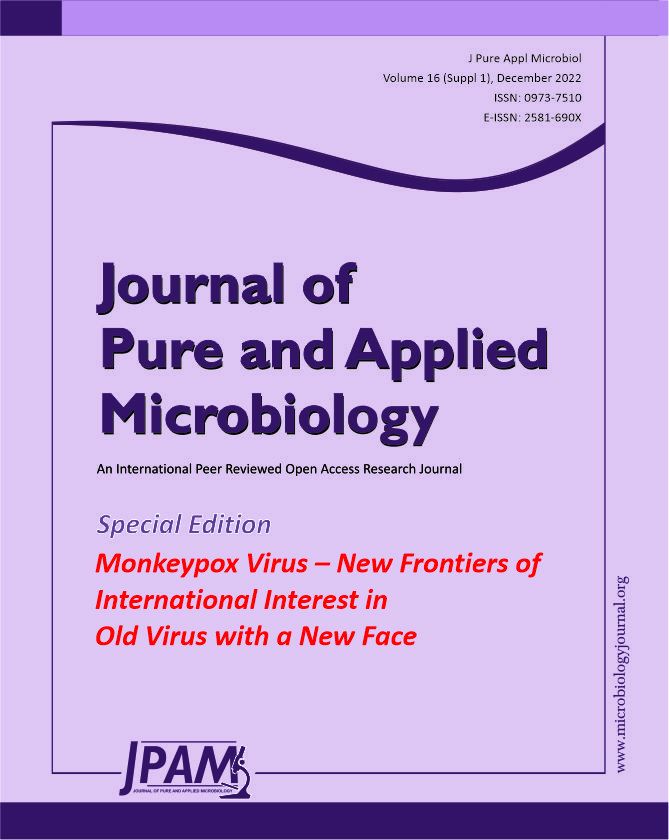Ghana, a country in the African continent experienced its first ever outbreak of Marburg Virus disease on July 2022. Prior to this, Democratic Republic of Congo and Angola were the two most severely affected countries to be affected by the same disease. Marburg Virus disease is a lethal and serious disease with an average mortality of 50% and has been seen to go as high as 90% in some cases. But despite the propensity to cause fast epidemics, the Ghana government acted swiftly and controlled its spread saving many lives. Simultaneously the country was also facing the Monkeypox outbreak and was doing its best to control the outbreak. This brief article is about the containment measures taken by the country to effectively prevent both the diseases to spread.
Marburg Virus, Monkeypox Virus, Containment, Ghana
© The Author(s) 2022. Open Access. This article is distributed under the terms of the Creative Commons Attribution 4.0 International License which permits unrestricted use, sharing, distribution, and reproduction in any medium, provided you give appropriate credit to the original author(s) and the source, provide a link to the Creative Commons license, and indicate if changes were made.


